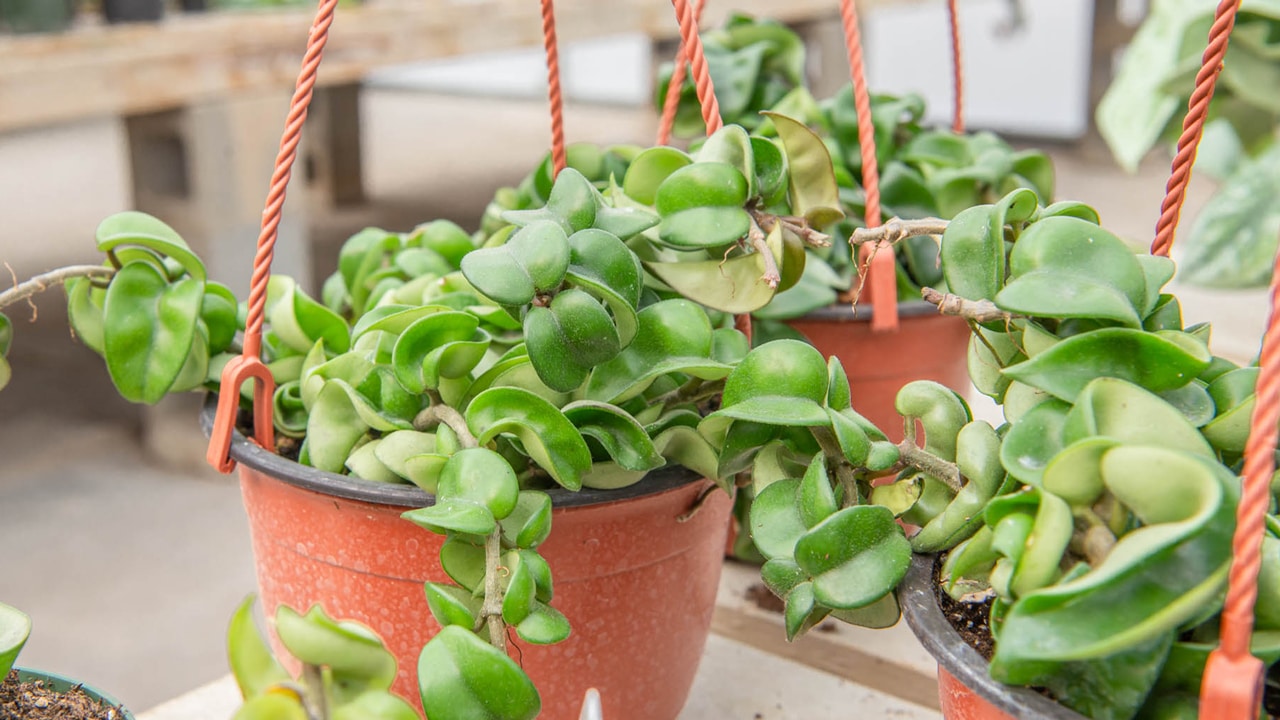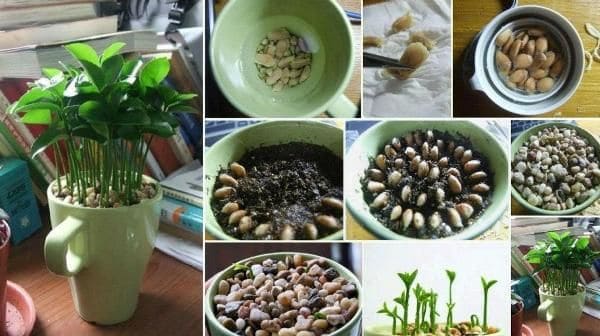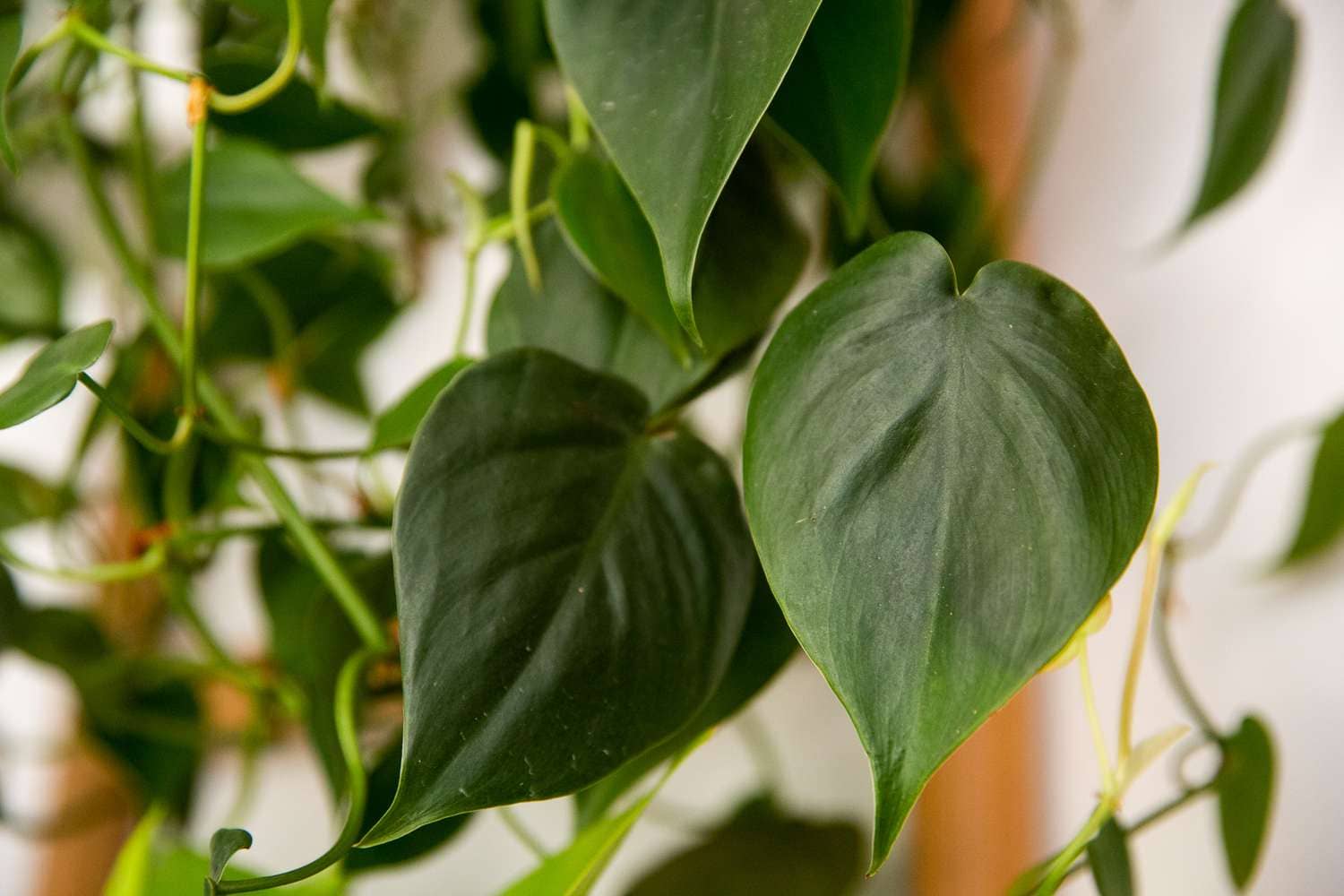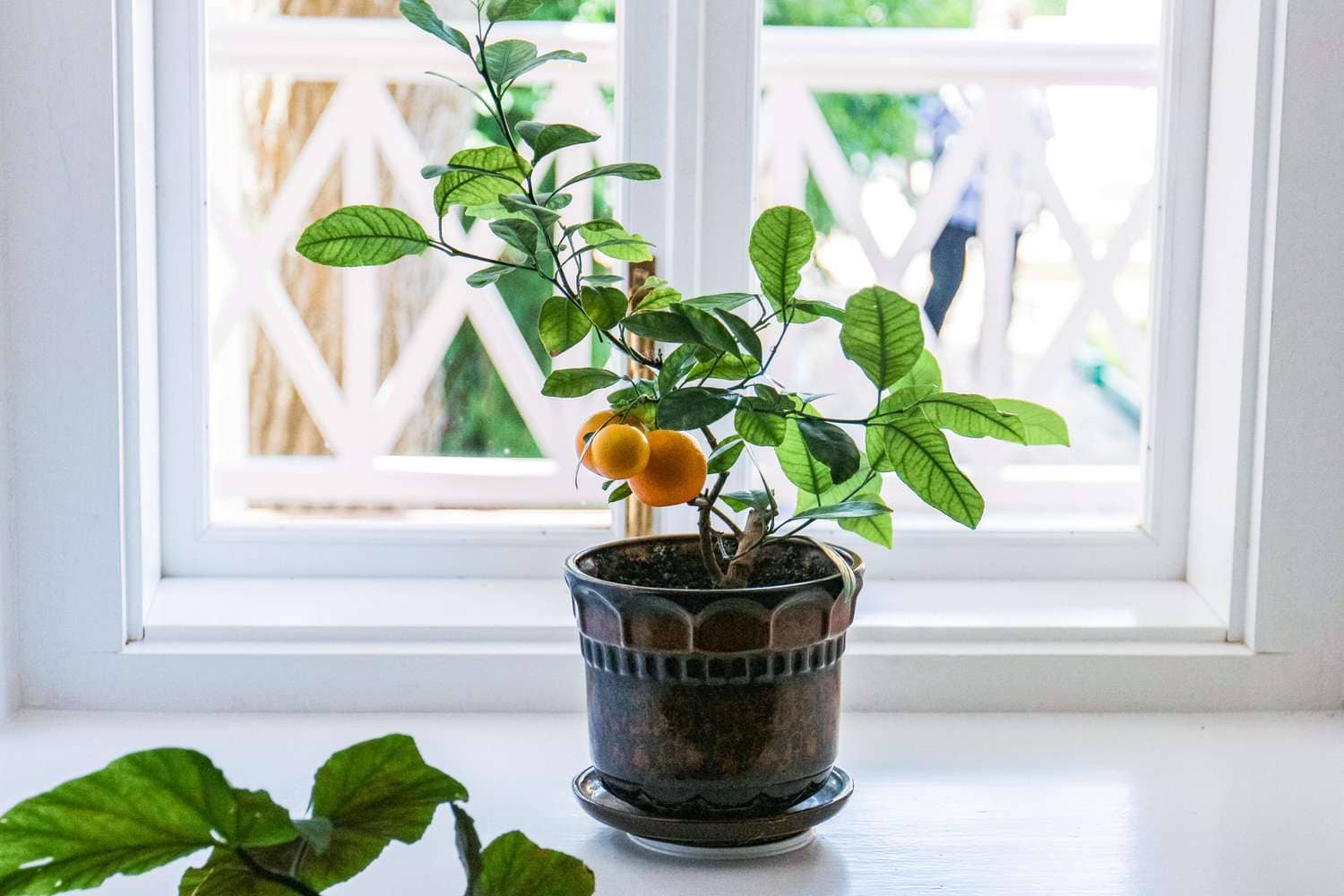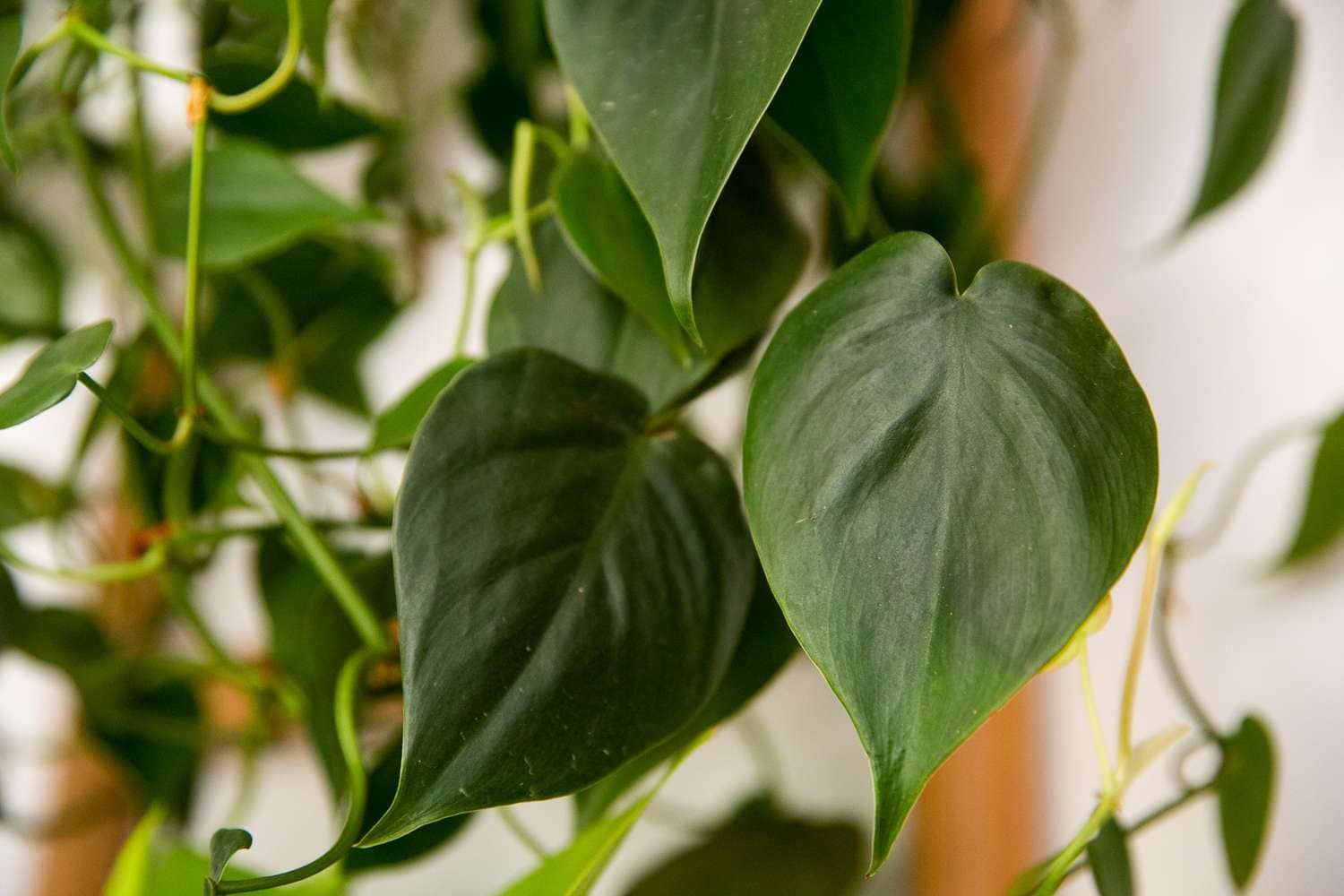Hoya Carnosa Compacta, commonly known as the Hindu Rope Plant or Krinkle Kurl, is a stunning succulent vine celebrated for its distinctive twisted, rope-like foliage and delicate clusters of waxy flowers. This charming plant, native to Southern India and East Asia, has captivated indoor gardeners with its unique appearance and easy-care nature. In this comprehensive guide, we’ll delve into the fascinating world of Hoya Carnosa Compacta, exploring its origins, characteristics, cultivation tips, and how to care for this botanical treasure.
Origins and Characteristics:
Hoya Carnosa Compacta belongs to the Apocynaceae family and is a cultivar of the species Hoya Carnosa. It earned its common name, Hindu Rope Plant, due to the thick, contorted vines that resemble twisted ropes or knots. The leaves are glossy, succulent, and grow densely along the vine, creating a cascading effect that adds texture and visual interest to any space.
One of the most captivating features of Hoya Carnosa Compacta is its fragrant flowers, which appear in small, star-shaped clusters known as umbels. These flowers, typically pink or white with red centers, exude a sweet, honey-like scent that intensifies in the evening, attracting pollinators such as moths and butterflies.
Cultivation and Care:
Cultivating Hoya Carnosa Compacta is relatively straightforward, making it an excellent choice for both novice and experienced plant enthusiasts. Here are some essential tips for successfully growing and caring for this charming succulent vine:
- Light: Hoya Carnosa Compacta thrives in bright, indirect sunlight. Place it near a north or east-facing window where it can receive ample light without being exposed to direct sun, which can scorch its delicate foliage.
- Temperature: Maintain a consistent temperature range of 60°F to 80°F (15°C to 27°C) for optimal growth. Avoid placing the plant near drafty windows or vents, as sudden temperature fluctuations can stress the plant.
- Soil: Use a well-draining, aerated potting mix specifically formulated for succulents or cacti. A blend of perlite, peat moss, and coarse sand works well to ensure proper drainage and prevent waterlogged conditions, which can lead to root rot.
- Watering: Allow the top inch or two of soil to dry out between waterings, then water thoroughly until excess water drains from the bottom of the pot. Avoid overwatering, as Hoya Carnosa Compacta is susceptible to root rot. During the winter months, reduce watering frequency to prevent waterlogged soil.
- Humidity: While Hoya Carnosa Compacta can tolerate average indoor humidity levels, it benefits from occasional misting or placing a humidity tray filled with water and pebbles beneath the pot to increase humidity around the plant.
- Fertilization: Feed Hoya Carnosa Compacta with a balanced liquid fertilizer diluted to half-strength every 4-6 weeks during the growing season (spring and summer). Avoid fertilizing during the winter months when growth slows down.
- Pruning: Prune Hoya Carnosa Compacta to remove any leggy or unruly growth and promote a more compact, bushy habit. You can also prune to control the size and shape of the plant or to propagate new plants from stem cuttings.
- Support: Provide a trellis, moss pole, or other support structure for the vines to climb and twine around. This not only encourages upward growth but also enhances the plant’s ornamental appeal.
Conclusion:
Hoya Carnosa Compacta, with its twisted vines and fragrant flowers, adds a touch of exotic beauty to any indoor garden. By following these cultivation and care tips, you can enjoy the timeless elegance of this captivating succulent vine and watch as it thrives and flourishes in your home. With its low-maintenance nature and striking appearance, Hoya Carnosa Compacta is sure to become a cherished centerpiece in your botanical collection

